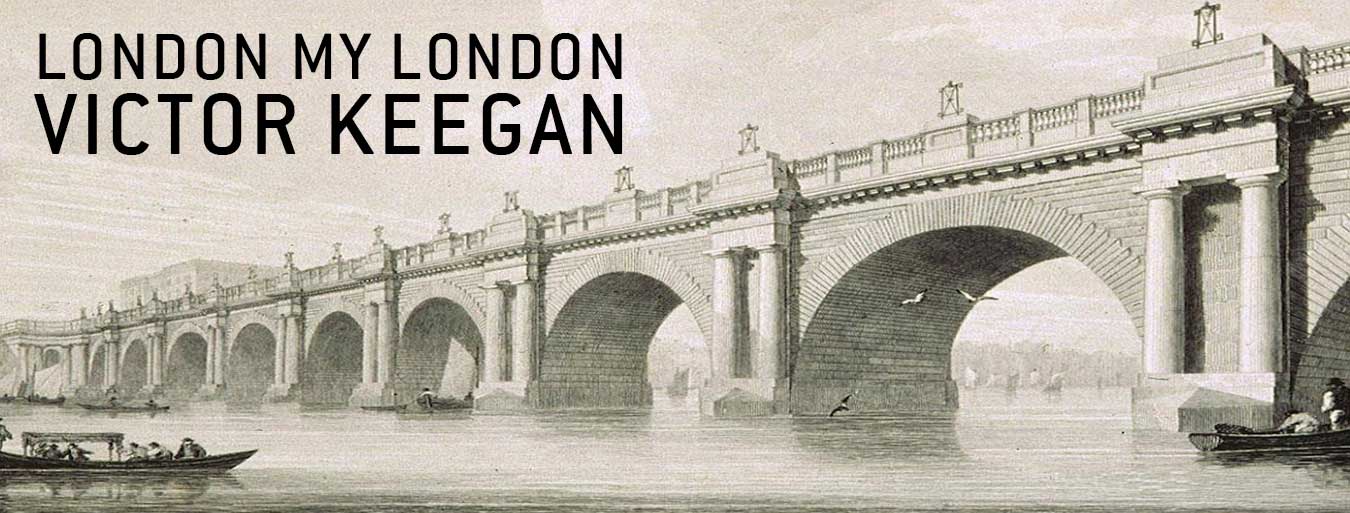
The next couple of days – it closes Sunday – afford a rare opportunity to see the innards of Battersea Power Station before it is converted into an £8bn complex of flats, shops, cinemas, concert hall, a new Northern Line station and parks. The inside is not a pretty sight, or even site but it has a grandeur of its own with its cross-section of beams and stanchions, now open to the skies, but recalling the decades in which it supplied a great deal of London’s electricity including central heating direct to the Churchill Gardens council houses across the river.
Council houses are not on the agenda of this development. A batch of “affordable” houses will be built towards the end of the project, apparently lost in the fog of trade-offs that inevitably surrounds projects of this nature. That aside, it is boldly ambitious with plenty of public space. Its four hall mark chimneys are to be pulled down and re-built, one of them with a lift to an observation platform at the top (Just don’t ask me how they repair it if it gets stuck half way . . )
Hardly anyone who has witnessed the aborted attempts to re-invigorate the biggest unused acreage in central London in recent years will oppose this Malaysian- backed project which will improve life for Londoners and provide yet another reason for overseas visitors to come to the capital. It will include contributions from Norman Foster and Frank Gehry. To view the remains of the power station you must first go through an interesting exhibition of the history of the site and the plans for the future – with forms to fill in at the start and finish.
It seems quite bizarre now that Giles Gilbert Scott’s plans to build the power station in 1927 met with very fierce opposition amid fears that the resultant pollution would harm the paintings in the Tate Gallery upstream. Now Battersea and his other power station at Bankside, which hosts Tate Modern, have become incubators for the cultural renewal of London. Maybe they should spend an extra few quid in Battersea and install one of Gilbert Scott’s iconic red telephone kiosks to remind visitors of the debt we owe to this great architect.
To receive twice-monthly posts please put your email address in the box on the right of the screen. @vickeegan

